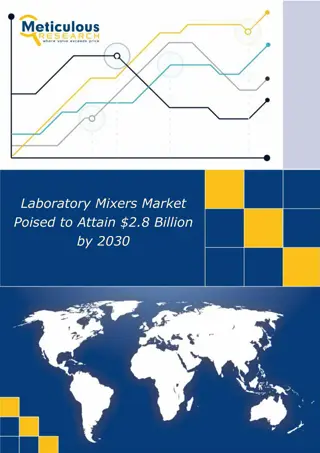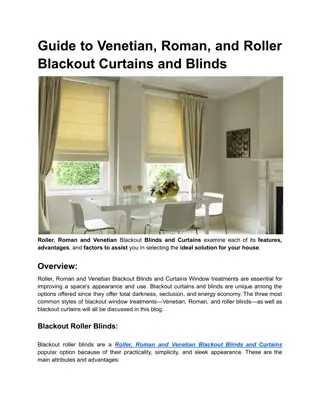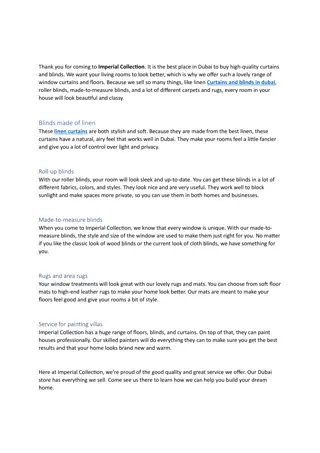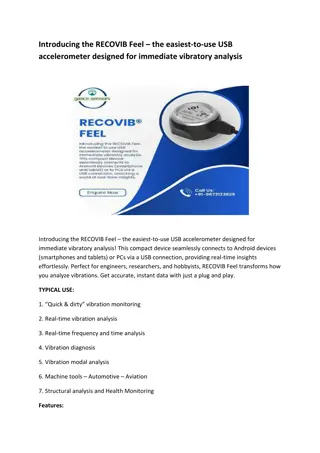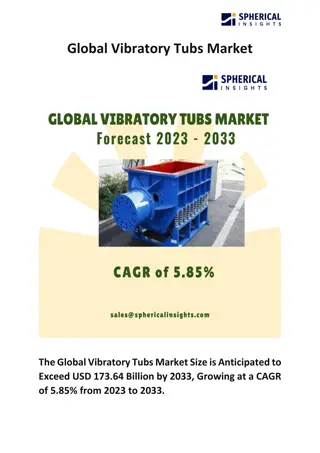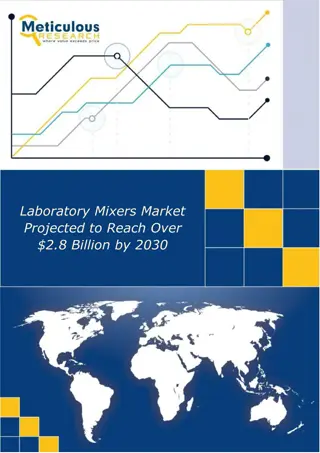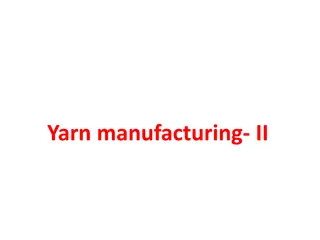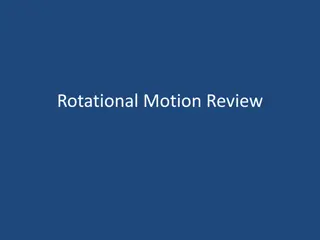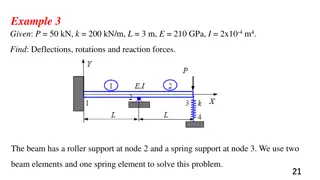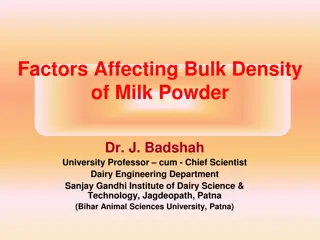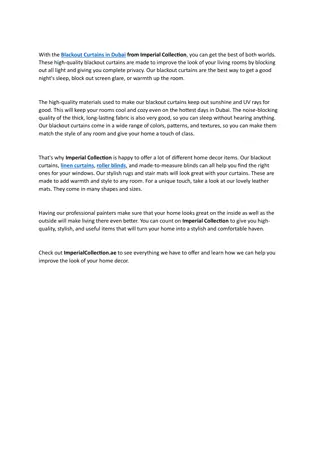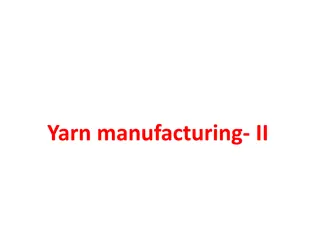
CASE DV204 Vibratory Roller Service Repair Manual Instant Download
CASE DV204 Vibratory Roller Service Repair Manual Instant Download
Download Presentation

Please find below an Image/Link to download the presentation.
The content on the website is provided AS IS for your information and personal use only. It may not be sold, licensed, or shared on other websites without obtaining consent from the author. If you encounter any issues during the download, it is possible that the publisher has removed the file from their server.
You are allowed to download the files provided on this website for personal or commercial use, subject to the condition that they are used lawfully. All files are the property of their respective owners.
The content on the website is provided AS IS for your information and personal use only. It may not be sold, licensed, or shared on other websites without obtaining consent from the author.
E N D
Presentation Transcript
DV201 - DV202 - DV204 Vibratory Rollers CONTENT 1 GENERAL INSTRUCTIONS INTRODUCTION SAFETY INSTRUCTIONS ENVIRONMENTAL MEASURES AND HEALTH PRECAUTIONS PRODUCT IDENTIFICATION TORQUES SPECIFICATIONS SERVICING INSTRUCTIONS HOURMETER SERVICING INTERVAL FLUIDS AND LUBRICANTS FLUIDS AND LUBRICANT CAPACITES AND SPECIFICATIONS DESCRIPTION OF THE MACHINE THE ENGINE REMOVAL OF THE ENGINE FROM THE MACHINE WITH THE TRAVEL PUMP DRUM REMOVAL OF THE HYDRAULIC MOTOR OF VIBRATION REMOVAL OF THE HYDRAULIC MOTOR OF TRAVEL REPLACEMENT OF RUBBERIZED METAL PIECES ON THE DRUM REPLACEMENT OF THE SEAL ON THE DAMPING PLATE ON THE MACHINE REMOVAL OF DRUMS FROM THE FRAME OF THE MACHINE REMOVAL OF THE ECCENTRIC FROM THE DRUM INSTALLATION OF THE DRUM ON THE FRAME OF THE MACHINE STEERING JOINT REMOVAL OF THE STEERING JOINT FROM THE MACHINE REMOVAL OF THE STEERING JOINT INSTALLATION OF THE STEERING JOINT HYDRAULICS REMOVAL OF THE TRAVEL PUMP AND THE CLUTCH REMOVAL OF THE PUMPS OF VIBRATION AND OF STEERING REMOVAL OF THE OIL COOLER REMOVAL OF STEERING HYDRAULIC MOTOR FROM THE MACHINE REMOVAL OF THE STEERING HYDRAULIC MOTOR INSTALLATION OF THE STEERING HYDRAULIC MOTOR REMOVAL OF THE SERVOSTEERING REMOVAL OF THE HYDRAULIC TANK REPLACEMENT OF THE ELECTROMAGNET VALVE OF VIBRATION ON THE MACHINE REMOVAL OF THE HYDRAULIC LOOP FILTER REPLACEMENT OF FILTER CARTRIDGE AND OIL DISASSEMBLY OF SUCTION STRAINER SCHEMATICS OF THE HYDRAULIC LOOP HYDRAULIC OF DRIVE LINEAR VALVES HYDRAULIC OF VIBRATION HYDRAULIC OF STEERING FLUSHING AND DRAIN CONTROL OF GAS REMOVAL OF BOWDEN CABLE OF GAS CONTROL REMOVAL OF TRAVEL LEVER ON THE CONTROL PANEL REMOVAL OF TRAVEL PULL ROD PLATFORM REMOVAL OF THE PLATFORM REMOVAL OF RUBBERIZED METAL PIECES OF THE PLATFORM 3 3 4 7 9 12 15 15 16 18 21 23 37 39 69 69 81 107 139 153 195 207 217 217 231 241 253 253 271 281 295 303 309 313 319 331 335 339 345 349 352 354 355 358 360 361 361 365 373 383 383 389 2 3 4 5 6 7 8 1
DV201 - DV202 - DV204 Vibratory Rollers CONTENT 9 THE SEAT REMOVAL OF THE SWITCH ON THE SEAT 10 THE WATER TANK REMOVAL OF THE FRONT TANK FROM THE FRAME OF THE MACHINE REMOVAL OF THE REAR TANK FROM THE FRAME OF THE MACHINE 11 SPRINKLING REMOVAL OF THE SPRINKLING PUMP 12 ROPS FRAME REMOVAL OF THE PROTECTIVE ROPS FRAME 13 ELECTRICAL WIRING FUSE BOX BATTERIES EXCHANGE BULB ALTERNATOR STARTER SCHEME OF THE ELECTRICAL INSTALLATION FONCTIONAL DESCRIPTION 14 APPENDICES TEST POSTS TOWING THE MACHINE TROUBLESHOOTING LIST FIXTURES 397 397 405 405 409 415 415 419 419 423 425 427 429 435 439 443 448 453 453 455 463 483 2
https://www.ebooklibonline.com Hello dear friend! Thank you very much for reading. Enter the link into your browser. The full manual is available for immediate download. https://www.ebooklibonline.com
1 - GENERAL INSTRUCTIONS INTRODUCTION This series of Vibratory Rollers is suitable for compac- tion of all kinds of ground and for large and average- scale site pretaration in highway construction (construc- tion of highways, railways, airports), in hydro-engineer- ing (construction of dams), in building construction (industrial areas, ports), and the like. The main purpose of this manual is to give the informa- tion necessary for carrying out assembly and disas- sembly of the machine as well as service repairs of main assemblies of the equipment. It contains technical and installation data, instructions on how to adjust the machine and how to use special tools, fixtures and aids. These machines are manufactured in compliance with the latest developments and standards, which ensure their safe function. The manufacturer continuously seeks to make product improvements on the basis of experience and latest developments in the field. If the machine is used incorrectly, by untrained opera- tors or for other purposes than those stipulated within, there is a danger of an accident or damage to the equipment or injury to personnel. For this reason, the manufacturer may make some changes in drawings, descriptions and designs in this manual. 3
1 - GENERAL INSTRUCTIONS SAFETY INSTRUCTIONS 7. Attach a "Do not operate" warning note to the steering wheel and leave it there for the duration of the service work. GENERAL SAFETY INSTRUCTIONS The following safety instructions must be observed by ALL personnel repairing the machine. 8. Wash the equipment thoroughly. If you use steam, do not expose electrical components and insula- tion directly to the steam, otherwise cover them beforehand. 1. Repairs may be carried out by skilled, trained and experienced personnel only. 2. When performing repairs, always use our service manual. Special instructions for the assembly work are given in individual chapters of this manual. 9. Keep all parts absolutely clean when dismantling, mounting, and servicing each assembly. Protect removed parts from getting soiled. 3. Before putting the machine into operation familiar- ize yourselves with the machine controls as explained in the Operator s Manual and make sure that you are completely familiar with the machine. 10. Clean the surface of dismantled parts and do the necessary to ensure adequately dust-free working conditions and a suitable storage area. 11. Be careful when handling cleaning agents. Do not use fuel or other easy inflammable materials for cleaning. 4. Do not use the machine if you do not fully under- stand all controls and until this know how the machine works. 12. Dry the cleaned parts and immediately cover with anti-corrosive protective oil, never install corroded parts. 5. Familiarize yourself with the area where you will work. 6. Do not carry out any redesign work or modifica- tions on the machine because you could compro- mise the safety of the equipment. 13. Tools, hoists, safety equipment on chains, and other additional items must be serviceable and in good condition. 7. Original parts and accessories have been designed especially for this machine. 14. Use hoists and fasteners (ropes, chains) that have sufficient lifting capacity and are in good condition. 8. Installation and use of spare parts not supplied by the manufacturer of the machine or not authorized by them can have negative effects on operational characteristics and safe operation of the machine. 15. Make sure that there is enough fresh air supply when starting up the equipment in an enclosed area. REPAIRING AND INSPECTING THE MACHINE 1. Wear working clothes and boots. 2. Use gloves when handling oils, fuel or coolant. 3. Protect your eyes with a full face shield when han- dling the battery. 4. Place the equipment on a flat and firm surface before starting repair. Secure the machine to pre- vent spontaneous movement. 5. Secure the frame of the machine and the drum to prevent rotation using a locking pin and a draw bar. 6. Before starting work remove the starter switch key, disconnect the batteries and let hot parts cool down. 4
1 - GENERAL INSTRUCTIONS 10. Fill new components with hydraulic oil before installation. 16. Before operating the equipment make sure there is nobody on the machine or close by. Starting up of the machine must always be announced with an audible alarm, also after any pause in operation before the equipment is restarted. Those present on the machine and dangerously close by must leave the machine after the alarm has been sounded. 11. Rinse the hydraulic circuit after replacing a hydrau- lic component; clean the hydraulic reservoir as well. 12. Replace the oil filter cartridge. 13. Fill the hydraulic circuit with clean oil of the recom- mended viscosity, but only when the engine has been stopped. 17. Do not adjust moving equipment. 18. When working (adjusting) on a running engine, avoid touching hot and rotating parts. During work on a running engine, another person must be present that can easily access the emergency switch and must be in contact at all times with the person performing the adjustment, to be able to switch off the engine immediately when necessary. 14. Wipe off excess oil. 15. Check connections for tightness and any oil leaks, before applying pressure to the system. 16. Do not adjust safety valves. 17. After all work has been finished, recheck all con- nections and replace all safety items. 19. Use only approved makes of motor, gear and hydraulic oil and coolant. 18. After finishing the work put all protective devices back in place. WORKING ON HYDRAULIC CIRCUITS 1. Make sure that no hydraulic circuit is under pres- sure before opening it. Hydraulic oil leaks under pressure may penetrate your skin and cause seri- ous injury. 19. After putting the machine into operation. Check the level in the hydraulic reservoir. Check the output pressure of hydraulic pumps if they have been replaced as well as safety valve pressure. Carry out the measurements at a tem- perature of 40 C (104 F). 2. Mark all parts, hoses and pipes before removing them. 3. Do not operate hydraulic pumps and hydraulic motors without oil. WORKING ON THE FUEL SYSTEM Mixtures of gasoline and diesel (winter fuel) are as inflammable as gasoline. 4. There is danger of being scalded when handling hot oil. 1. Do not refuel in closed areas. 5. Do not warm oil to temperatures above 160 C (320 F), oil or its fumes may ignite. 2. Wipe off excess fuel. 6. For cleaning and wiping hydraulic parts use lint free material. 3. Do not smoke when working on the fuel system and do not use open frames. There is a danger of fire. 7. When reassembling parts use hydraulic oil, not grease, as a lubricant. 8. Clean screws and bolts carefully before installa- tion, wash hoses and pipes and blow through them using compressed air. 9. Always use new seals and packing in sealing areas during re-installation. 5
1 - GENERAL INSTRUCTIONS 15. Never add sulfuric acid (H2SO4). 16. Do not overturn the batteries because electrolyte could run out of the air vents in the battery. WORKING ON ELECTRICAL WIRING 1. Disconnect the battery when carrying out any repairs on the charging circuit to avoid accidental short-circuits. 17. If acid (electrolyte) is spilled, rinse the area with water and neutralize it with lime. 2. When dismantling, first disconnect the cable from the negative pole (-), then the cable from the posi- tive one (+). 18. When the batteries are being charged, hydrogen is released and, mixed with air, makes an explosive, easily combustible mixture. Do not use open flames and do not smoke. 3. Do not disconnect batteries when the engine is running. 4. Connect the minus pole of the battery to the chassis and the plus pole to terminal B+ from the alternator. Opposite connection will cause the whole semi-conductor device to be destroyed. WELDING ON THE MACHINE Before starting arc welding, disconnect all parts with semi-conductors from electrical wiring, i.e.: 5. When starting with an auxiliary external supply, do not disconnect the supply before is the battery the machine is charging. Make sure of the starting volt- age of the auxiliary external supply, (for 24 V). engine alternator, hourmeter, control unit under the instrument panel, 6. Do not put the alternator into no-load operation, i.e. with the wire disconnected from the + terminal and connected to the D+ terminal. ground both the supply and the machine that is being repaired, protect the supply point against moisture, 7. Do not check the presence of voltage in the wire by sparking it on the chassis of the equipment. place the ground terminal close to the welded joint, 8. Do not do anything that produces sparks. when parts are welded or when the machine is in the suspended position, insulate the point of current transfer to avoid current entering the hoist, or use a non-conducting rope. 9. When handling batteries, use protective rubber gloves and full face protection. 10. Protect your skin and clothes from stains caused by electrolyte or lead particles. SEALS 1. 11. If electrolyte gets into your eyes, rinse them with running water for 15 minutes. Then see a doctor as soon as possible. Always use new seals. 2. You can obtain seals kits in spare part form. 12. When electrolyte stains your skin or clothes, take off your clothes, wash the stained area with soapy water or with a solution of baking soda and water and see a doctor. HARDWARE TORQUE 1. Use a torque wrench to obtain correct hardware torque. 2. Fastening screw and nut are tightened according to the table. 13. In the event of accidentally swallowing electrolyte, drink as much milk or water as possible or a solu- tion of milk of magnesia and immediately see a doctor. 3. Screw grades are shown normally on the screw head. 14. Never pour distilled water into the cells unless the operation of the machine or charging outside the machine follows. In this case, the battery would discharge rapidly. 4. Hardware torque is given in the tables. 5. Threaded connections for hydraulics are tightened as specified in the tables. 6. The given hardware torque specifications are valid for dry screw threads. 7. Use new self-locking nuts only. 6
Suggest: If the above button click is invalid. Please download this document first, and then click the above link to download the complete manual. Thank you so much for reading
https://www.ebooklibonline.com Hello dear friend! Thank you very much for reading. Enter the link into your browser. The full manual is available for immediate download. https://www.ebooklibonline.com




